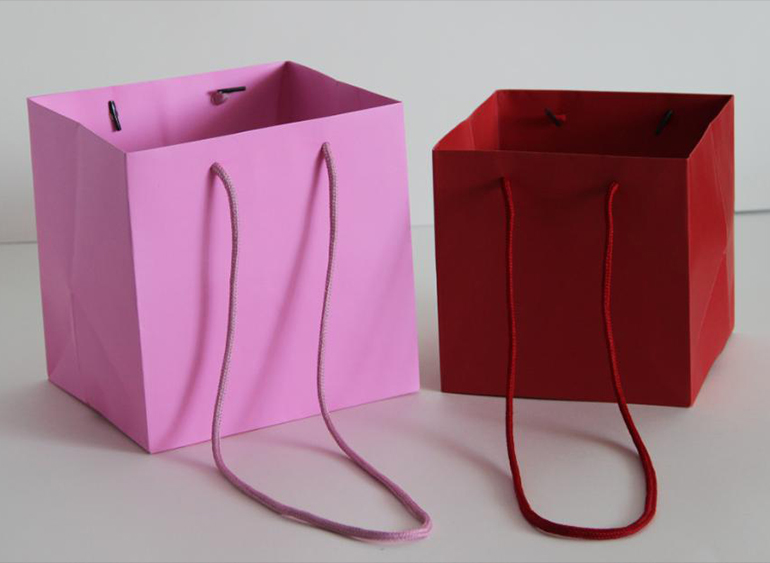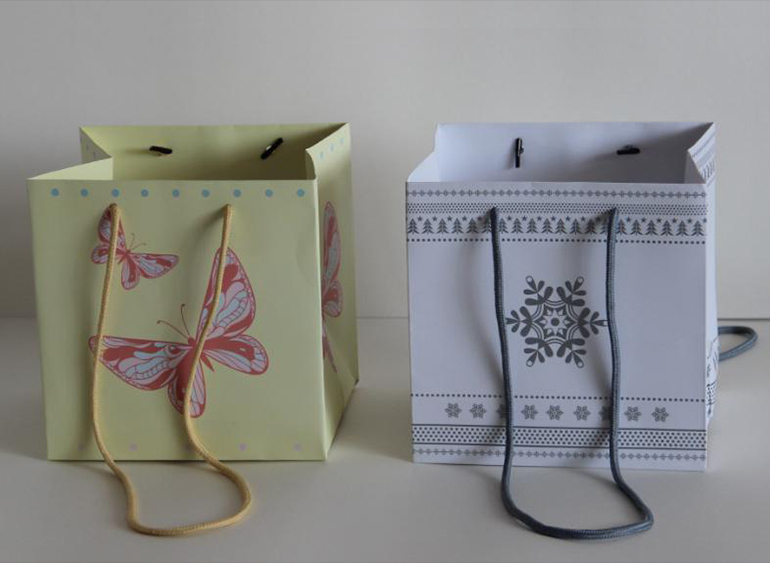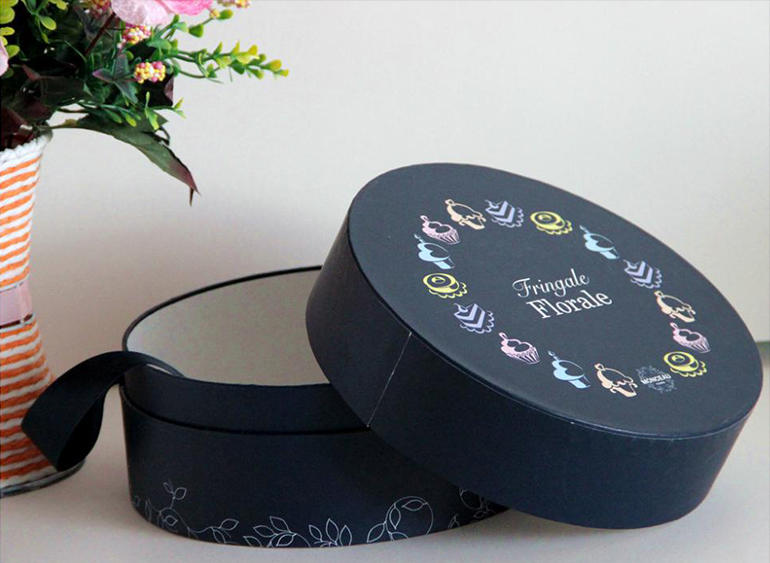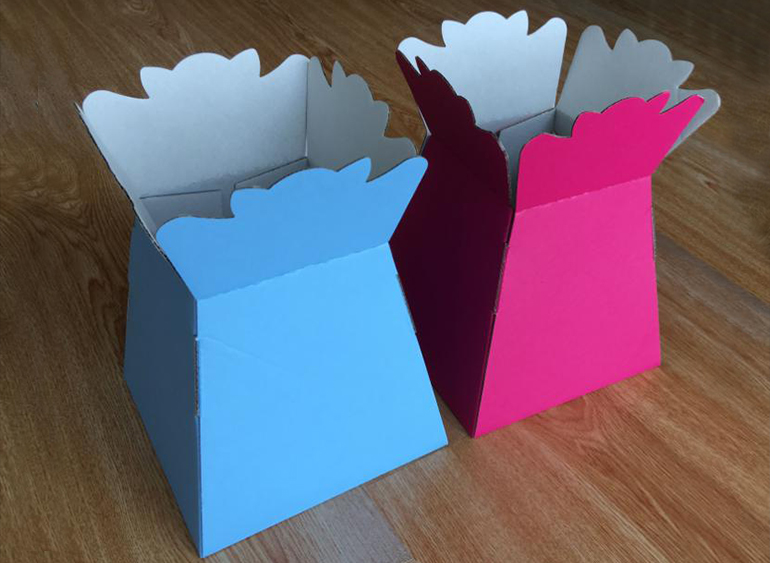The traditional textile printing process can only be used for line and color printing on textiles. In order to make originals such as color photos, paintings, and color pictures realistically replicate on textiles, traditional printing processes cannot be achieved. Due to the development of printing science, color halftone printing has been realized in flat, concave, and convex printing, which has provided possibilities for the printing of textile screens.
Color mesh printing on fabrics has begun to be studied in the country. In recent years, developed countries in the textile and silk screen industry in the United States, Japan, and other countries have developed direct screen printing technology for color mesh screen printing on fabrics. Used for knitting T-shirts, travel goods and oil paintings. The process has vivid images, strong stereoscopic effect, rich colors and layers, no environmental pollution and no limitation on fiber types.
The color halftone printing process has broken through the current traditional human painting (manuscript), hand-drawing (ink draft), patchwork patchwork, one-color one-up and multi-color multi-version printing methods, and the hue of fabric printing is established in shades Level change and visual theory based on the formation of the following process of the printing process: shooting → editing → production → manuscript → screening → color separation Yang picture → screen photosensitive plate → printing modulation → printing → post-processing → production → Finished product.
The color halftone printing process design must consider the pattern requirements of the product to make the original. After the design of the original and the thread, density, and texture of the fabric are determined, the screen number of the positive image and the angle difference between the screens of the positive images are selected. .
According to the screen of the color separation positive image, the mesh of the corresponding mesh is matched, the screening and modulation of the three primary color printing pastes, and the arrangement of the various color screen patterns in the printing operation are the first to be developed in the color mesh printing. Process design conditions.
Second, color mesh screen printing process
Color paintings, pictures, oil paintings, and gouache paintings are used to represent objects and spaces with color changes. The principle of using screen printing to reproduce colored originals on fabrics is based on visual theory. According to the principle of color separation, an electronic color separation machine is used to decompose color originals with complex tonal changes into yellow, magenta and cyan three-color single-color halftone dots, and a color separation positive image is made into a silk printing plate by photolithography. The yellow, magenta, and blue primary colors are then used to print the monochromatic images together, and the color originals are reproduced on the printed fabric.
1. Positioning device. The error of the color halftone printing printing is allowed to be within 1mm. To make the overlay accurate, the cooperation of the positioning device is crucial. The color image of the screen printed on the paper is positioned by a crosshair. In the halftone color printing of the fabric, one positioning method is to position the various screen plates by the positioner of the plate and the ink pad, and the other method is manual. For the printing of small area images, the position determination method is used. The use of mechanical and manual printing and locator overprinting accuracy, high production efficiency, positioning screws in the positioning hole with the gap should not exceed 0.1mm.
Textile screen printing stations are equipped with different forms of positioners to ensure accurate positioning. There are two types of screen printing in textiles: one is the fixed moving cloth, which is mostly used for manual printing; the other is that the moving version is not used, and it is mostly used for printing on flat screen machines. There is no fixed pattern depending on the specific situation. At present, the position of the printing platen is generally inserted.
2. Printing essentials. During the printing process, there are many factors that need to be adjusted or controlled, whether it is mechanical or manual. Especially for manual operations, various factors must be adjusted by people. The essentials for screen printing on fabrics are: ideological focus, squeegee pushing force should be uniform, angle should be consistent, belt should be balanced, and pulp should be clean. In the operation process, it is necessary to perform side operations, side inspections, and mutual inspections so as to achieve accurate overprinting, uniform thickness, and consistent depth and depth. The principle of printing plate arrangement order is first deep and shallow, first thin and thick.
The hardness of the squeegee and the table top has a great influence on the screen printing. The dot printing needs a high degree of clarity, the non-textile surface is smooth, the texture is crisp, it is not easy to be deformed, and the dot resolution is guaranteed. The textile has both moisture absorption, the surface is not smooth, and there are fabric holes. It is important to know how to print clearly and squeegee.
The effect of color quantity on mesh color printing is various. In textile color block screen printing, the amount of color only affects the depth of the printing tone, and the effect on the dot color printing is much greater, because the color of the dot printing pattern is achieved by overlapping and juxtaposition of dots, if a color If the pulp layer is slightly out of sight, it will immediately be reflected in the performance of the tone. Therefore, it is necessary to closely control and grasp the consistency of the amount of color (supply).
The distance between the printing plate and the printing material has little effect on the quality of the finished product in the textile color yarn, but it is very important in the dot color printing. This should cause the operator's attention.
3. The characteristics of screen printing printing paste. Mesh color printing printing paste printing paste yellow, magenta, green three colors, in the actual printing also need to add a black, so the mesh tone color printing is also known as the four-color printing. This printing paste is water-soluble, and various fluorescent printing pastes are newly developed. In addition to the correct hue, the requirements for the pigment printing paste used for mesh color printing should also have a certain degree of transparency, viscosity, drying speed and fastness.
1 Transparency. Mesh color silk printing is through the dot overlap and parallel reproduction of the original color and tone, which requires a certain degree of transparency of the printing paste. The transparency of the color paste can be observed experimentally. The test is to print each color paste on a paper with a dark blue pattern, and after drying, the clarity of the original pattern is observed, and the degree of transparency of the printing paste can be known. 2 viscosity. In order to allow the dots on the printing plate to be clearly and smoothly reproduced on the fabric, there is a certain requirement for the viscosity and thixotropy of the printing paste. 3 Drying speed. The drying speed of the printing paste is directly related to the netting of the printing paste, and also determines the printing interval between colors.
4 printing paste color deployment. The color distribution of printing paste is a link that can not be ignored in the printing production process. The basic principle of deployment is inseparable from the principle of color subtractive coloration with color light addition.
In order to obtain the ideal color of the slurry, it is necessary to: understand the various specifications and properties of the printing paste, so that the printing paste with the production needs; master the basic knowledge of color, in the use of color palette; the color of the printing and Process technology for analysis, to identify the color of the color sequence, so as not to wrong color sequence, two-color miscibility, color changes; color care should also pay attention to the deployment of primary colors, or easy to make the color out of the "grey."
5. How to improve the product quality of mesh color printing. How to evaluate the quality of fabric color mesh printing products is a very complicated issue. For example, the printing industry pays great attention to the pattern of the turtle, and the textile industry holds different views. The current evaluation of fabric color mesh printing quality focuses on the degree of copying of the original document. It should include three items, namely: whether the tune-up is complete, whether the color reproduction is accurate, and whether the definition satisfies the requirements.
The appearance artistic effect of fabric printing products is of utmost importance to the market value of the product. The product must be clean and tidy. Secondly, it must reflect the characteristics of the fabric. The overall artistic effect must be beautiful and coordinated. In addition, we must pay attention to the packaging and decoration of products.
Floral packaging
Find floral packaging and with many options to choose from Sunshine packaging. Custom design and printing are available. Our Floral Packaging includes Bouquet Vase, transport vase, handtied bag, Flower Racket.
Detailed Images:




Description of Sunshine Dry Flower Packaging
Product Name : Floral packaging
Material: Cardboard paper, kraft paper, art paper, or as per your requirements
Size: Customized size
Color: CMYK or Pantone color or customized
Printing : Offset printing, flexo printing
Surface processing: Lamination, vanish, UV coating, PE Coating, Embosing, Hot stamping
Packaging: Customized
Quality control: Paper material seletion, pre-production insection, Machine testing, Inspection during Assembling, Semi-finished products inspection, Production inspection Packing: Standard export carton or as per customer's requirmenet
Lead time: Sample time: 7~10days; Mass prodction: 4~5weeks according to the order quantity
Payment term:T/T: 30% deposit,the balance paid against copy of bill of lading.
Floral Packaging
Floral Packaging,Bouquet Vase,Paper Box Packaging,Floral Box
Weifang Sunshine Packaging Co., Ltd. , https://www.paperboxbagpack.com